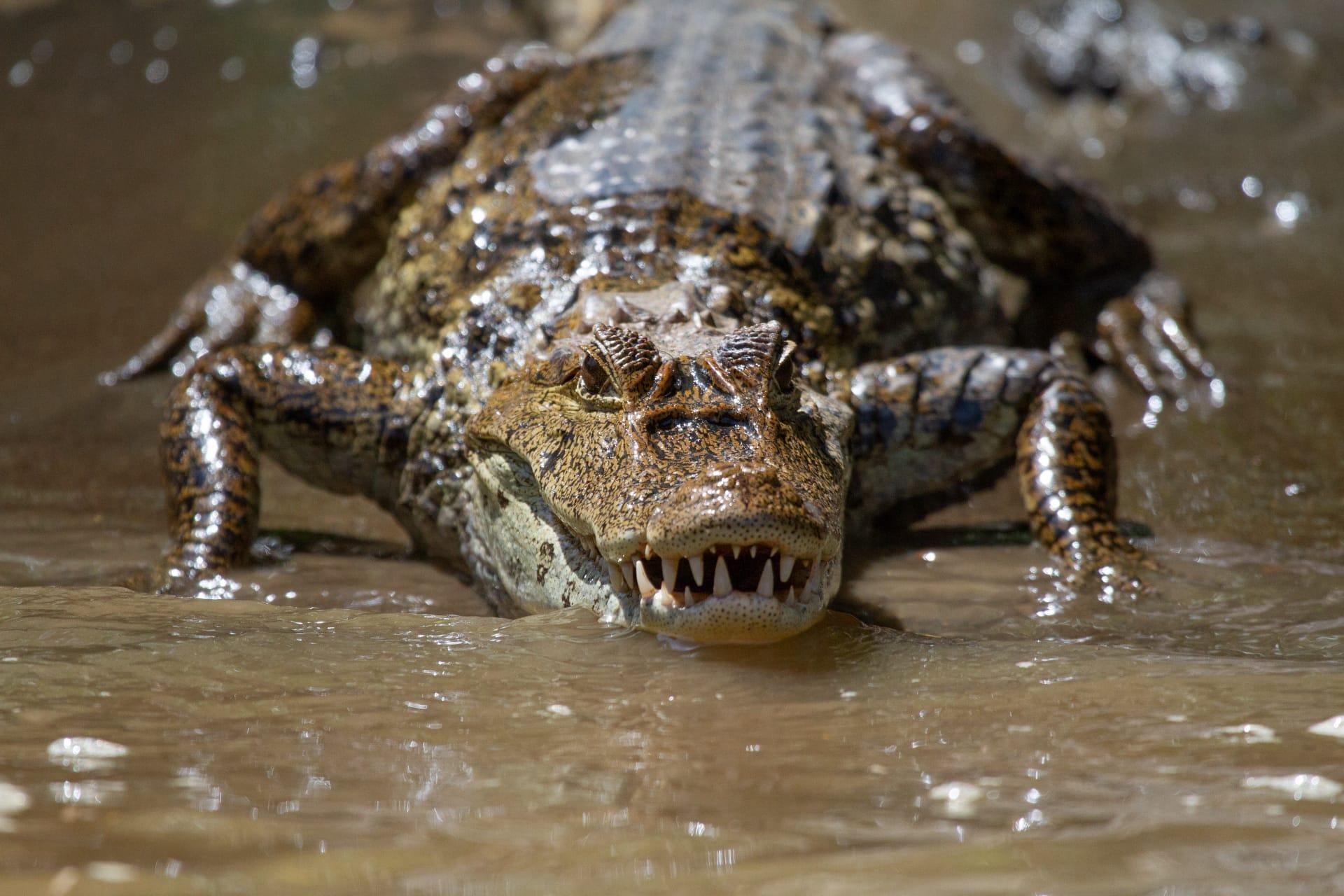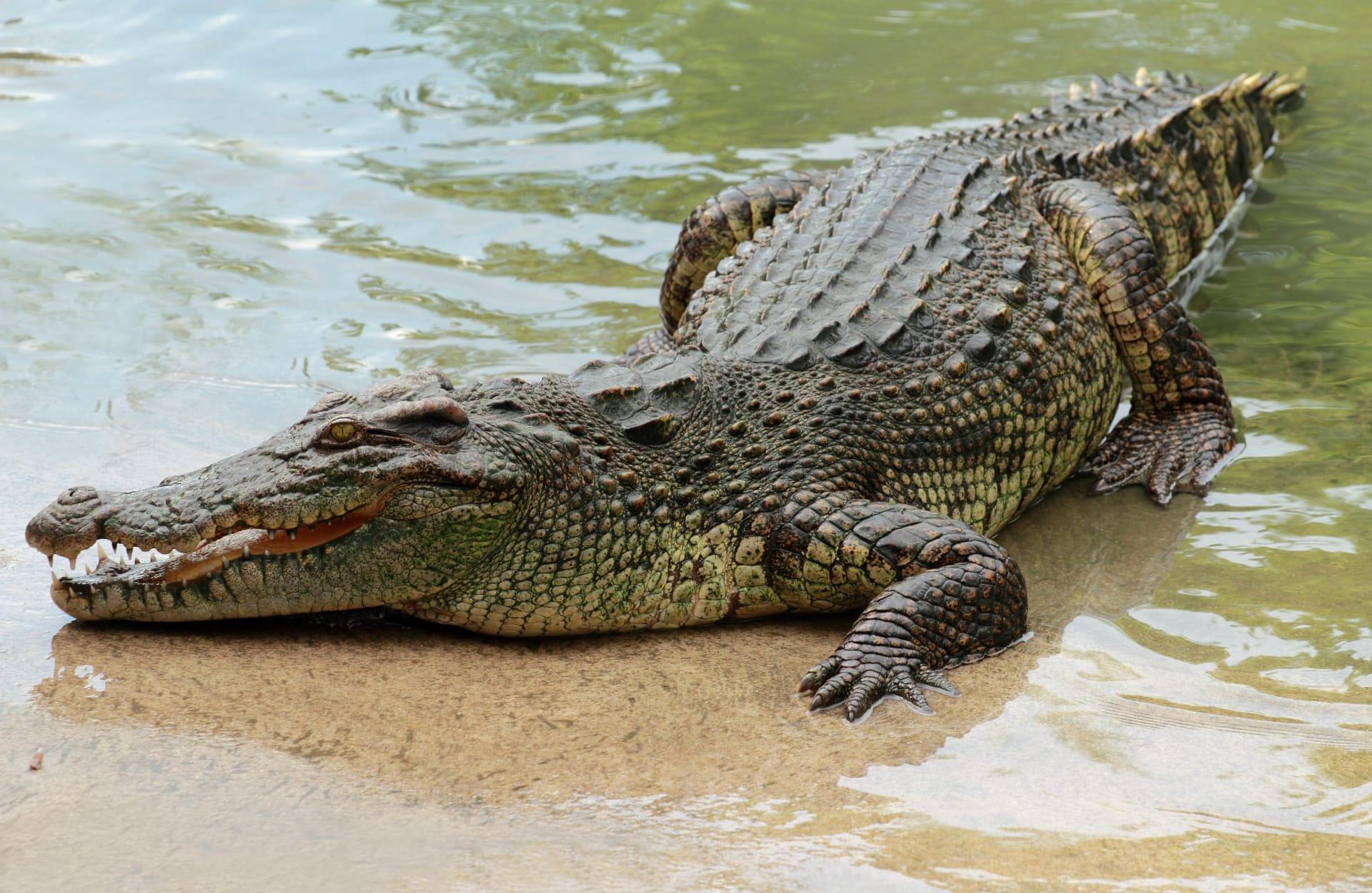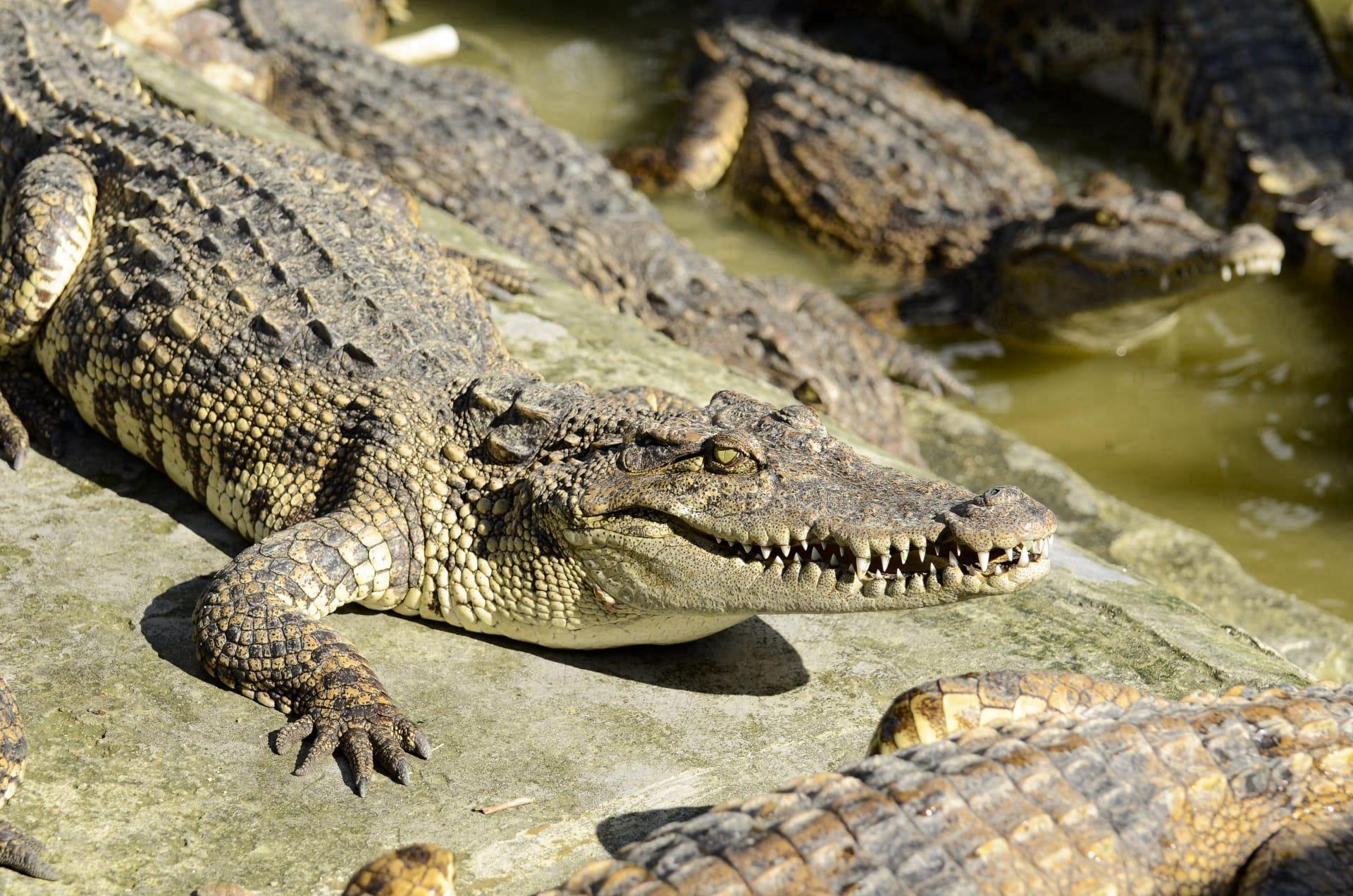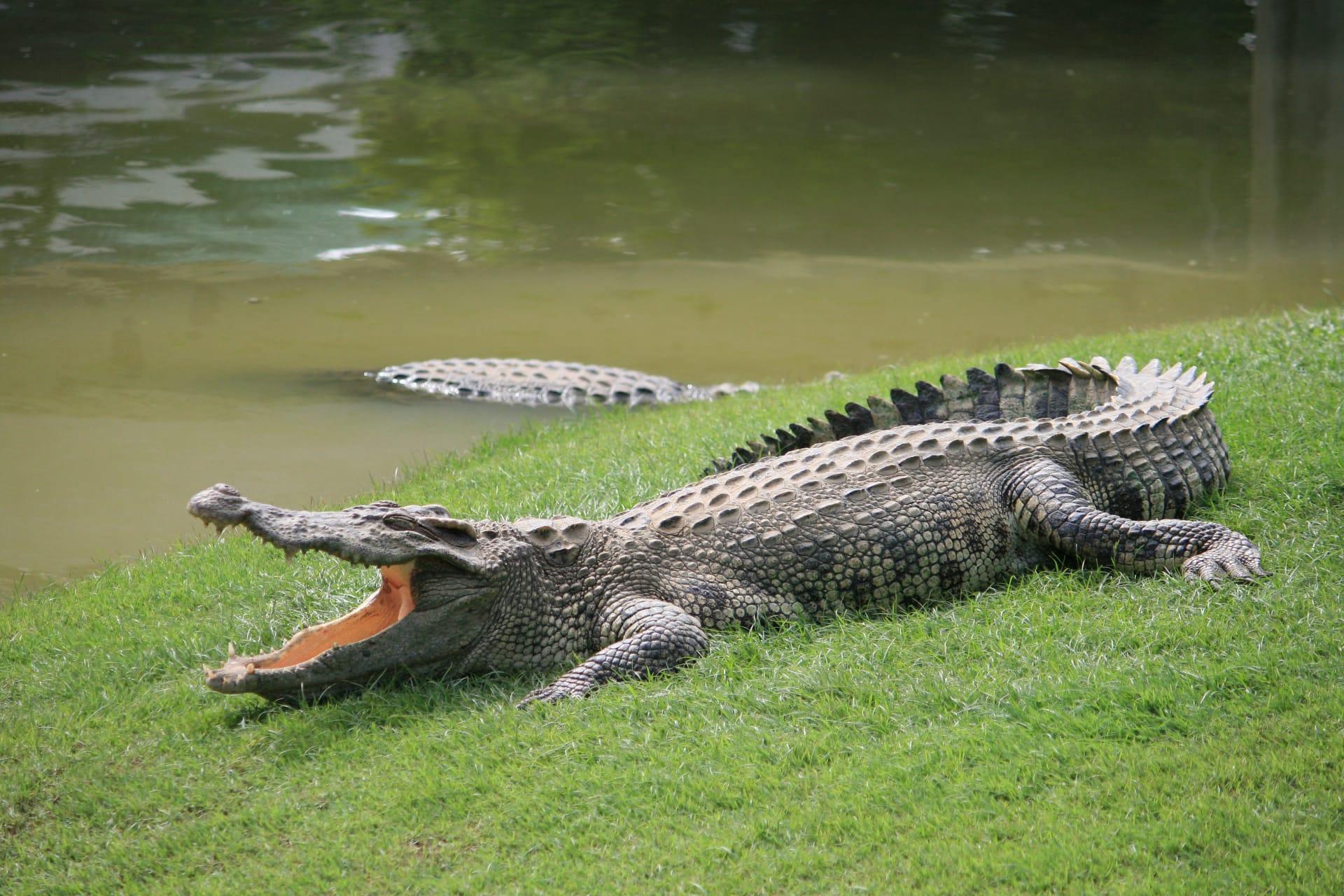Nile Crocodile Trivia
- Home /
- Trivia Question /
- Animal /
- Nile Crocodile Trivia
1
Question: How big can Nile crocodiles get, and are they the largest crocodile species?
Answer: Nile crocodiles are among the largest crocodile species in the world. On average, they can reach lengths of about 16 feet, with some exceptional males growing up to 20 feet long. They weigh anywhere between 500 to 1,650 pounds. However, they are not the largest – that title goes to the Saltwater crocodile, which can reach over 23 feet in length.
Question: What is the diet of a Nile crocodile, and how do they hunt?
Answer: Nile crocodiles have a varied diet that includes fish, birds, and mammals. They are opportunistic apex predators and use a method called the 'death roll' to overpower and dismember their prey. This involves gripping the prey with their powerful jaws and spinning their body rapidly to tear off chunks of flesh.

2
Question: Is it true that Nile crocodiles can't move fast on land?
Answer: Contrary to popular belief, Nile crocodiles are quite capable on land. They can gallop at speeds of up to 8 to 11 miles per hour over short distances, which is surprisingly fast for their size. However, they are more agile and quicker in water, where they can reach speeds up to 22 miles per hour.
Question: Do Nile crocodiles really cry while eating their prey?
Answer: The phrase "crocodile tears" is a myth. While Nile crocodiles do have glands in their eyes that release moisture, it's not associated with emotions. The tears actually help to clean and lubricate the eyes, especially since these reptiles often eat their prey in the water, which can irritate their eyes.

3
Question: How long do Nile crocodiles live, and what are their major life stages?
Answer: Nile crocodiles have a long lifespan, typically living up to 70 to 100 years. They have distinct life stages starting with an egg, hatching into a juvenile, maturing into a sub-adult, and finally becoming a fully grown adult. Each stage has different dietary and habitat needs.
Question: Can Nile crocodiles coexist with humans, and what are the implications?
Answer: Coexistence with humans is complex. Nile crocodiles are naturally fearful of humans but can become accustomed to human presence. This sometimes leads to conflicts, especially in areas where human activities encroach on their natural habitats. Conservation efforts focus on managing human-crocodile interactions to reduce risks while preserving their populations.

4
Question: What are the mating rituals and reproductive habits of Nile crocodiles?
Answer: Nile crocodiles have intriguing mating rituals. They engage in vocalizations, head slaps on water, and snout lifting to attract mates. Mating occurs in the water, and females lay 25 to 80 eggs in sandy nests. The temperature of the nest determines the sex of the hatchlings – warmer nests produce more males.
Question: How do Nile crocodiles regulate their body temperature?
Answer: As cold-blooded animals, Nile crocodiles rely on external sources to regulate their body temperature. They bask in the sun to warm up and use water or shady areas to cool down. This thermoregulation is crucial for their digestion and overall physiological processes.

5
Question: What adaptations do Nile crocodiles have for their aquatic lifestyle?
Answer: Nile crocodiles have several adaptations for an aquatic lifestyle. Their eyes and nostrils are positioned on top of their head, allowing them to see and breathe while mostly submerged. They also have powerful tails for swimming and webbed back feet for better maneuverability in water.
Question: Are Nile crocodiles endangered, and what are the main threats to their survival?
Answer: Nile crocodiles are currently classified as 'Least Concern' by the IUCN, but they face several threats. Habitat loss due to human encroachment, pollution, and illegal hunting for their skin and meat are significant challenges. Conservation efforts are in place to protect their habitats and regulate hunting practices.